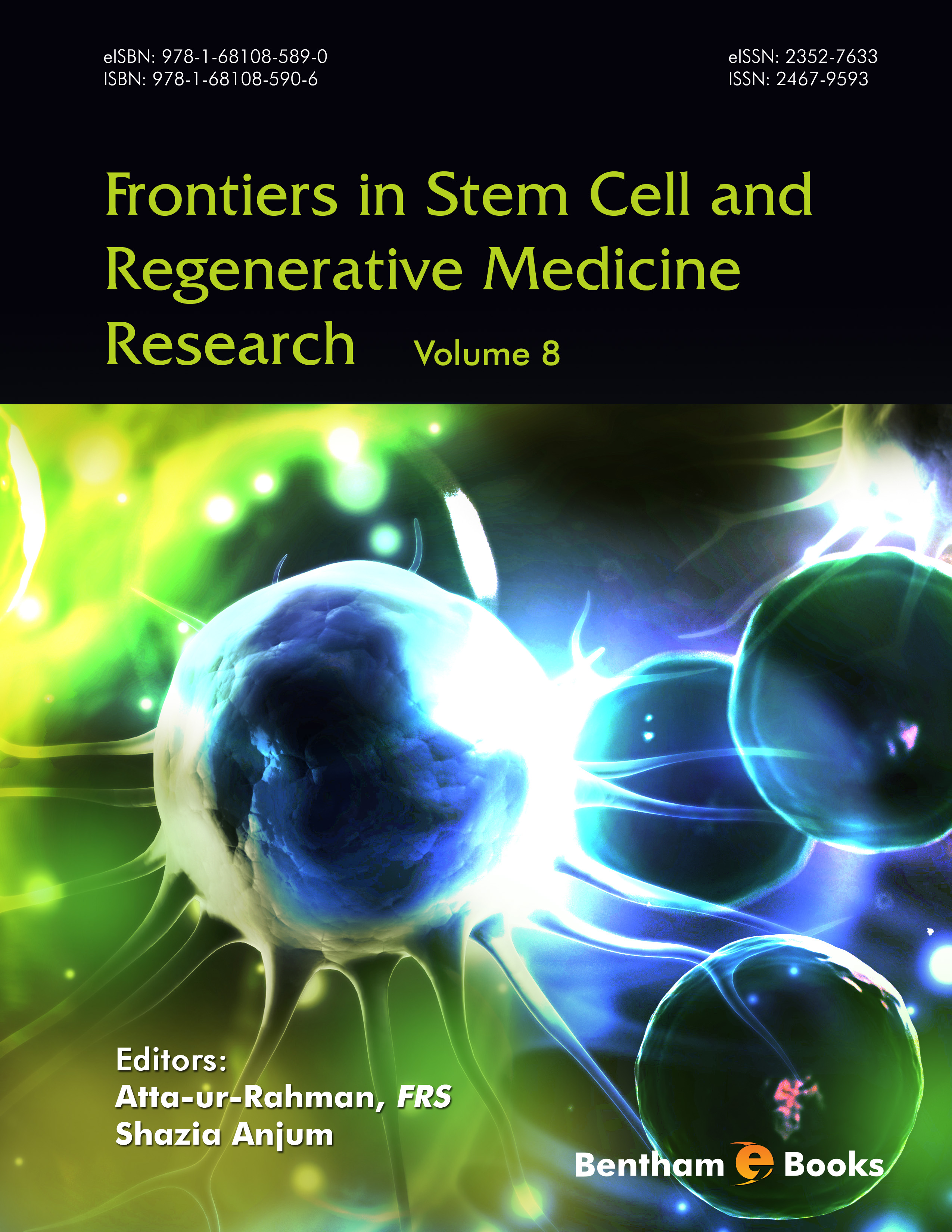Preface
The field of regenerative medicine continues to develop rapidly with many exciting advances. In the first chapter of this 8th volume Iyer et al. provide some promising alternative models of cancer stem cells, their clinical implications and discuss potential strategies to develop certain effective therapeutic regimens for cancer treatment. These alternative models include the Stemness Phenotype Model, the Complex System Model, the Dynamic CSC Model and the Reprogramming Model.
In Chapter 2, Coco et al. describe the use of microvesicles and exosomes in mesenchymal stem cell (MSCs). They discuss the several MSC based clinical trials developed for organ injuries, systemic diseases, chronic inflammatory and autoimmune pathologies as well as the possibility of using less immunogenic and more specific MSC byproducts (i.e. microvesicles and exosomes) to overcome MSC transplantation criticisms and side effects.
Stem cells have also generated significant scientific interest to treat common orthopaedic conditions due to their intrinsic behavior. Petterson et al. discuss the clinical implications of autologous and allogenic stem cell use in the treatment of orthopaedic injuries in chapter 3. In the next chapter, Zeron et al. discuss the progress being made in the use of stem cells in the field of endocrinology.
In chapter 5, Laçin et al. present new developments in biological and engineering principles in wound healing applications to achieve tissue repair and regeneration. These include a review of biomaterials, polymer-based dressing, films, hydrogels, current scaffolds, etc. used in wound healing applications. Functional dressings and bioactive matrices for wound healing in clinical trials are discussed.
Precup et al. in chapter 6 present an overview of theoretical studies on hematopoietic cell dynamics related to bone marrow transplantation. Selected allogeneic and autologous stem cell transplantations models are presented.
We hope that the readers will enjoy the comprehensive reviews on new developments in stem cell and regenerative medicine research. We thank the editorial staff of Bentham Science Publishers, particularly Dr. Faryal Sami, Mr. Shehzad Naqvi and Mr. Mahmood Alam for their help and support.
Prof. Atta-ur-Rahman, FRS
Honorary Life Fellow
Kings College
University of Cambridge
Cambridge
UK
&
Dr. Shazia Anjum
Department of Chemistry
Cholistan Institute of Desert Studies
The Islamia University of Bahawalpur, Bahawalpur
Pakistan

